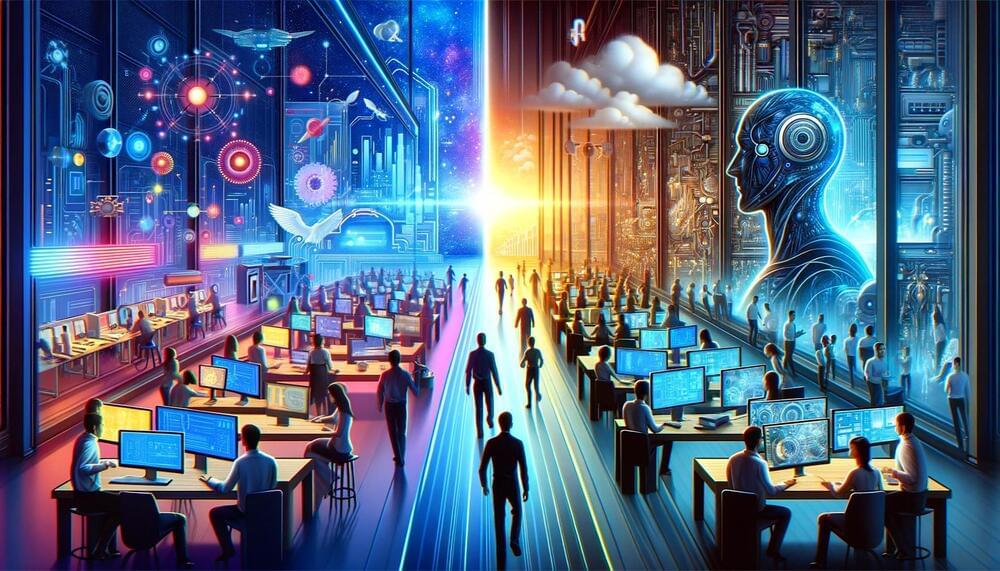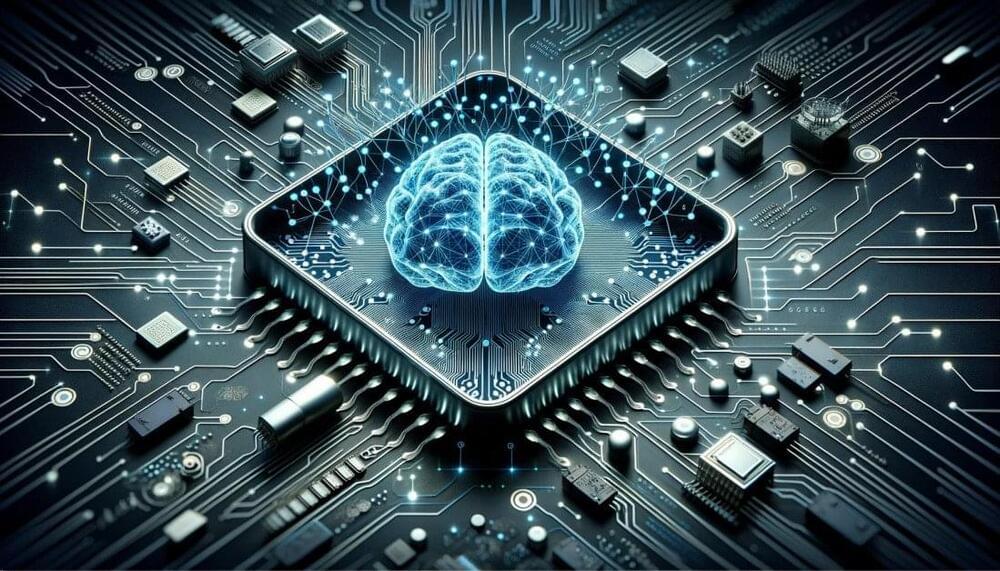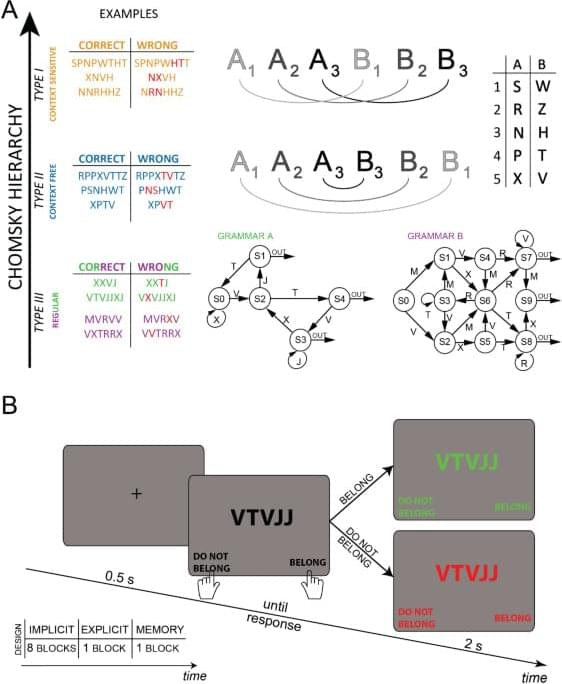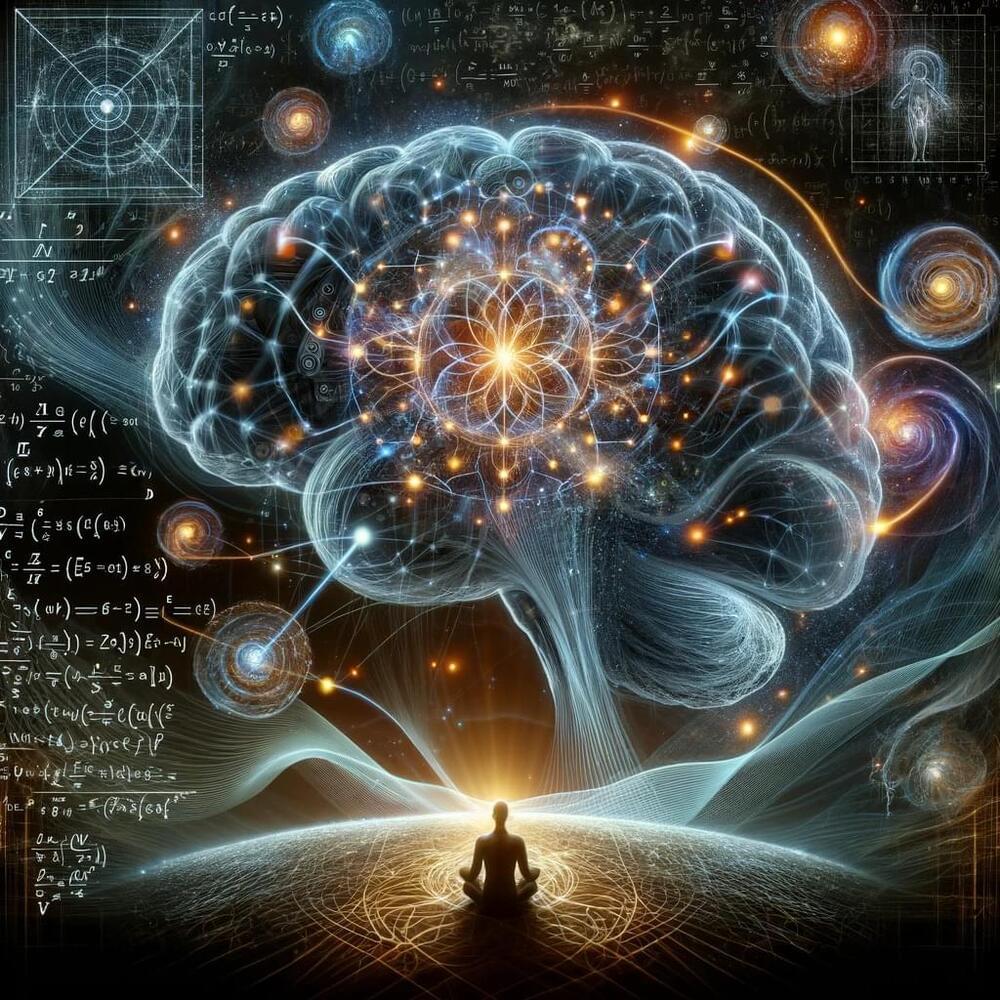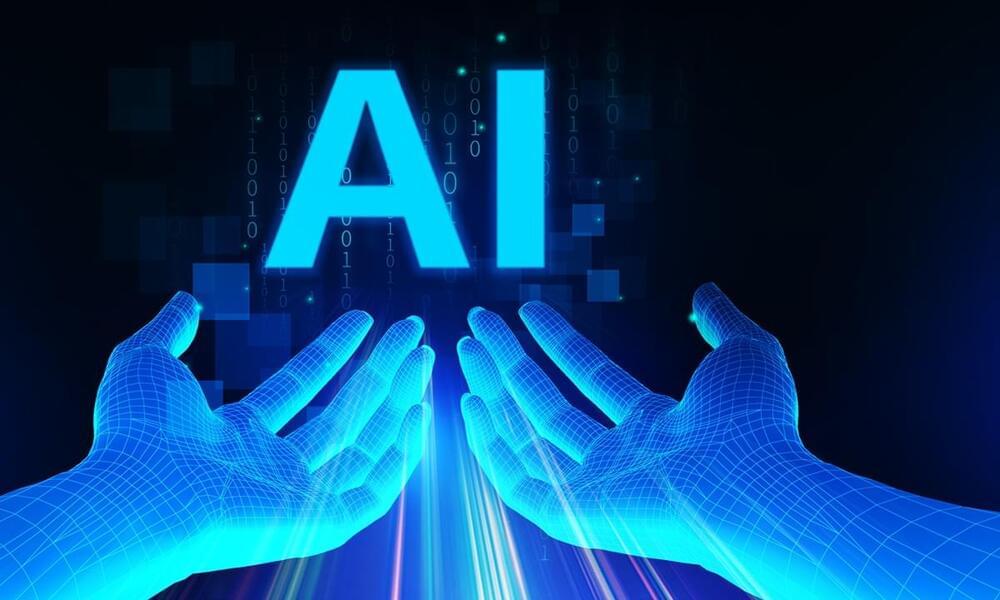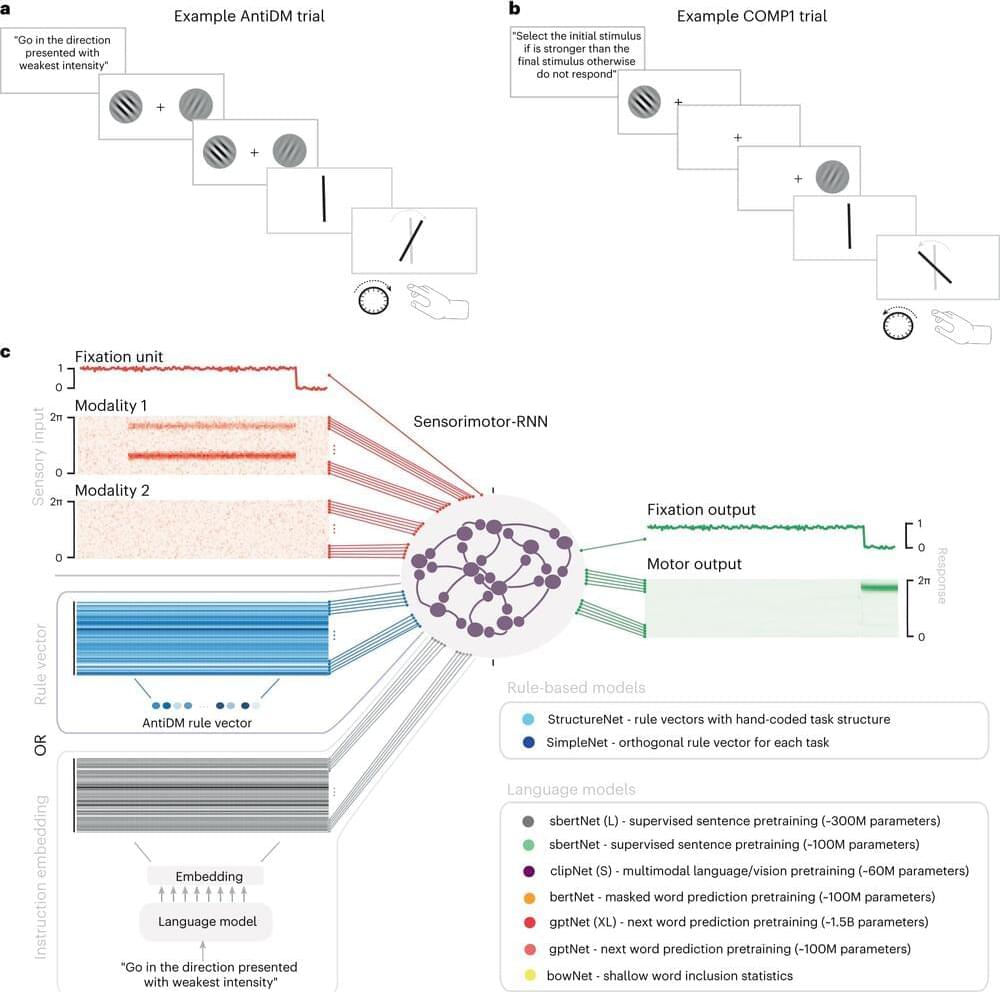Amidst rapid technological advancements, Tiny AI is emerging as a silent powerhouse. Imagine algorithms compressed to fit microchips yet capable of recognizing faces, translating languages, and predicting market trends. Tiny AI operates discreetly within our devices, orchestrating smart homes and propelling advancements in personalized medicine.
Tiny AI excels in efficiency, adaptability, and impact by utilizing compact neural networks, streamlined algorithms, and edge computing capabilities. It represents a form of artificial intelligence that is lightweight, efficient, and positioned to revolutionize various aspects of our daily lives.
Looking into the future, quantum computing and neuromorphic chips are new technologies taking us into unexplored areas. Quantum computing works differently than regular computers, allowing for faster problem-solving, realistic simulation of molecular interactions, and quicker decryption of codes. It is not just a sci-fi idea anymore; it’s becoming a real possibility.
